YouTube Launches AI Age-Verification System in U.S., Automatically Detecting and Restricting Users Under 18(유튜브, 미국서 AI 연령 추정 모델 도입)
구글(Google)의 동영상 플랫폼 유튜브(YouTube)가 2025년 8월 13일 수요일, 미국에서 인공지능(AI) 기반 '연령 추정 모델(Age-Estimation Model)'을 공식 도입했다.
이 시스템은 사용자가 계정에 입력한 생년월일과 무관하게 AI가 실제 연령을 추정해 18세 미만 이용자를 자동으로 감지하고, 즉시 청소년 보호 조치를 적용한다. 이번 조치는 전 세계 온라인 플랫폼 업계에 청소년 보호의 새로운 기준을 제시할 것으로 평가되며, 특히 AI 기술을 활용해 프라이버시를 보호하면서도 안전을 강화하는 균형잡힌 접근법으로 주목받고 있다.
유튜브, '연령 추정 모델' 시범 운영 시작
구글(Google)이 소유한 세계 최대 동영상 플랫폼 유튜브(YouTube)가 2025년 8월 13일 수요일부터 미국에서 인공지능(AI)을 활용한 '연령 추정 모델(Age-Estimation Model)'이라는 획기적인 시스템의 시범 운영을 시작했다. 이 시스템은 사용자가 계정 생성 시 입력한 생년월일 정보를 신뢰하는 대신, AI가 다양한 행동 신호를 종합적으로 분석해 실제 연령대를 추정하고 18세 미만 이용자를 자동으로 감지하는 첨단 기술이다.
제임스 베서(James Beser) 유튜브 청소년 제품 담당 선임 이사(Senior Director of Product Management for YouTube's Youth Products)는 8월 13일 공식 블로그 포스트를 통해 "이 기술을 통해 사용자의 연령을 추론하고, 계정에 등록된 생년월일과 관계없이 그 신호를 활용해 연령에 적합한 제품 경험과 보호 조치를 제공할 수 있게 됐다"고 발표했다. 베서 이사는 특히 "청소년은 청소년으로, 성인은 성인으로 대우받을 수 있도록 하는 것이 목표"라고 강조했다.
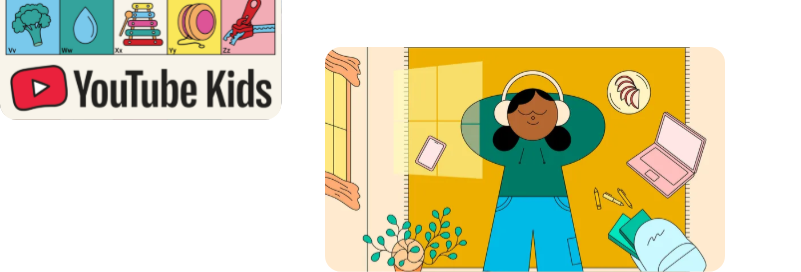
AI 기반 연령 감지 시스템의 작동 원리와 신호 분석
유튜브의 연령 추정 모델은 최신 머신러닝(Machine Learning) 기술을 기반으로 여러 가지 복합적인 신호를 실시간으로 분석한다. 주요 분석 요소로는 유튜브 활동 패턴, 계정의 수명(longevity of the account), 콘텐츠 시청 기록, 검색 행동 패턴, 상호작용 방식 등이 포함된다. 이러한 데이터를 종합적으로 분석해 시스템은 해당 사용자가 18세 미만인지를 높은 정확도로 판단할 수 있다.
시스템이 특정 사용자를 18세 미만으로 판단하면, 해당 사용자에게 즉시 알림이 전송되며 '청소년 계정을 위한 표준 보호 조치(Standard Protections for Teen Accounts)'가 자동으로 활성화된다. 이는 기존에 자발적으로 18세 미만임을 밝힌 사용자들에게 적용되던 것과 동일한 수준의 보호 조치로, 이제는 AI가 이를 자동으로 감지하고 적용하게 된 것이다.
청소년 보호를 위한 구체적인 제한 조치들
광고 및 콘텐츠 접근 제한
18세 미만으로 분류된 이용자들에게는 우선 개인 맞춤형 광고(Personalized Ads)가 완전히 차단되고, 오직 비개인화 광고(Non-personalized Ads)만 표시된다. 이는 청소년들이 타겟 마케팅이나 행동 기반 광고에 노출되는 것을 원천적으로 방지하기 위한 조치다. 또한 유튜브나 크리에이터가 설정한 18세 이상 연령 제한 콘텐츠(Age-restricted Content)에 대한 접근이 완전히 차단되어, 성인용 콘텐츠나 폭력적인 내용으로부터 청소년을 보호한다.
콘텐츠 추천 알고리즘도 대폭 조정되어, 반복 시청 시 문제가 될 수 있는 콘텐츠의 추천이 최소화된다. 이는 특히 극단적인 다이어트, 과도한 피트니스, 정치적 극단주의, 음모론 등 청소년에게 부정적인 영향을 미칠 수 있는 콘텐츠의 과도한 노출을 방지하기 위한 알고리즘 차원의 보호 장치다.
디지털 웰빙(Digital Wellbeing) 기능 자동 활성화
'휴식 시간 알림(Take a Break Reminders)'과 '취침 시간 알림(Bedtime Reminders)' 같은 디지털 웰빙 도구들이 기본값으로 자동 활성화된다. 이는 청소년들의 건강한 미디어 소비 습관을 유도하고, 과도한 스크린 타임을 방지하기 위한 기능이다. 또한 동영상을 업로드하거나 공개적으로 댓글을 작성할 때마다 개인정보 보호에 대한 안내 메시지가 팝업으로 표시되어, 청소년들이 온라인에서 자신의 정보를 보호할 수 있도록 지속적으로 교육한다.
크리에이터 활동 제한
청소년으로 분류된 크리에이터들의 경우, 업로드하는 모든 동영상이 기본적으로 비공개(Private by Default)로 설정된다. 이는 청소년 크리에이터들이 의도치 않게 개인정보를 노출하거나 악의적인 사용자들의 표적이 되는 것을 방지하기 위한 조치다. 또한 세로형 라이브 스트림(Vertical Live Streams)에서 시청자로부터 선물(Gifts)을 받아 수익을 창출하는 기능도 제한되어, 청소년들이 금전적 착취의 대상이 되는 것을 원천 차단한다.
연령 확인 검증 옵션과 이의제기 절차
AI의 판단이 잘못됐다고 생각하는 사용자들을 위해 유튜브는 세 가지 연령 확인 방법을 제공한다. 첫째, 정부 발급 신분증(Government ID)을 통한 확인으로, 운전면허증이나 여권 등을 업로드해 연령을 증명할 수 있다. 둘째, 셀피 인증(Selfie Verification)을 통해 AI가 얼굴 분석으로 연령을 재확인하는 방법이다. 셋째, 신용카드(Credit Card) 정보를 통한 확인으로, 성인만이 소유할 수 있는 금융 수단을 활용한 검증이다.
베서 이사는 "우리의 연령 추정 모델이 정확하지 않다고 생각하는 경우, 사용자들은 자신의 연령을 확인할 수 있는 옵션을 갖게 될 것"이라고 강조했다. 이는 AI 시스템의 한계를 인정하고 사용자의 권리를 보호하기 위한 필수적인 안전장치로, 기술의 완벽성을 추구하면서도 인간의 판단을 존중하는 균형잡힌 접근법이다.
콘텐츠 크리에이터 생태계에 미치는 영향
광고 수익 변화와 크리에이터 전략 재조정
유튜브는 대부분의 크리에이터들에게는 제한적인 영향만 있을 것으로 예상하고 있지만, 일부 크리에이터들은 시청자층의 상당한 변화를 경험할 수 있다. 특히 10대 시청자 비율이 높은 게임, 애니메이션, K-팝 관련 콘텐츠 크리에이터의 경우, 해당 시청자들이 청소년으로 재분류되면서 광고 수익(Ad Revenue)이 20-30% 감소할 가능성이 있다.
유튜브는 공식 발표에서 "일부 크리에이터들은 18세 미만으로 분류되는 시청자 비율의 변화를 경험할 수 있으며, 이는 해당 시청자들에게 비개인화 광고만 제공하기 때문에 광고 수익 감소로 이어질 수 있다"고 인정했다. 하지만 동시에 "전체 생태계가 이번 업데이트로부터 장기적으로 혜택을 받을 수 있도록 크리에이터들과 긴밀히 협력할 것"이라고 약속했다.
크리에이터 지원 프로그램과 전환 지원
유튜브는 8월 13일부터 크리에이터들을 위한 특별 지원 프로그램을 가동한다고 발표했다. 사용자 경험을 면밀히 모니터링하고, 크리에이터들과 적극적으로 소통하며 실시간 피드백을 수집할 계획이다. 특히 수익 감소가 예상되는 크리에이터들을 위해 새로운 수익화 방안과 콘텐츠 전략 컨설팅을 제공할 예정이다.
글로벌 확장 전략과 기존 테스트 성과
타 국가에서의 성공적인 운영 경험
유튜브는 이미 영국, 독일, 프랑스, 일본, 한국 등 여러 국가에서 "상당 기간 동안(for some time)" 이 기술을 테스트해왔으며, "매우 잘 작동하고 있다(working well)"는 긍정적인 평가를 받았다고 밝혔다. 특히 유럽연합(EU) 지역에서는 디지털 서비스법(Digital Services Act) 준수를 위한 효과적인 도구로 인정받았다.
미국에서의 초기 도입은 매우 신중하게 진행되고 있다. 8월 13일부터 먼저 소규모 사용자 그룹을 대상으로 시작해, 시스템의 정확도와 사용자 반응을 2-3주간 평가한 후 9월 초부터 점진적으로 확대할 계획이다. 이는 대규모 플랫폼이 새로운 기능을 도입할 때 흔히 사용하는 단계적 롤아웃(Phased Rollout) 전략으로, 연말까지 미국 전체 사용자에게 적용될 예정이다.
프라이버시와 안전의 균형 추구
청소년 프라이버시 보호 철학과 기술적 구현
베서 이사는 8월 13일 발표에서 "유튜브는 젊은 사용자를 위해 특별히 설계된 경험을 제공한 최초의 플랫폼 중 하나였다"며 자부심을 표현했다. 그는 "우리는 청소년의 프라이버시를 보호하면서도 안전 보호 기능을 제공하는 기술 도입에 다시 한번 앞장서게 된 것을 자랑스럽게 생각한다"고 강조했다.
이는 단순히 연령을 확인하는 것을 넘어, 청소년들의 개인정보를 보호하면서도 그들을 유해한 콘텐츠로부터 보호하는 균형잡힌 접근 방식을 추구하고 있음을 보여준다. 전통적인 연령 확인 방식이 모든 사용자에게 신분증 제출을 요구하는 것과 달리, AI를 활용해 필요한 경우에만 추가 확인을 요구하는 방식은 사용자 편의성과 프라이버시를 모두 고려한 혁신적인 해결책이다.
가족의 신뢰 구축과 부모의 안심
"가족들이 유튜브를 신뢰하여 안전하고 풍부한 경험을 제공받기를 기대하고 있으며, 우리는 온라인에서 안전하게 탐색할 수 있는 능력을 보호하기 위해 계속 투자할 것"이라는 베서 이사의 8월 13일 발언은 유튜브가 단순한 엔터테인먼트 플랫폼을 넘어 가족 친화적이고 교육적인 플랫폼으로 자리매김하려는 강력한 의지를 보여준다.
기술적 혁신과 업계에 미치는 영향
AI 기술의 적용 확대와 미래 전망
2025년 8월 13일에 발표된 이번 연령 추정 모델의 도입은 AI 기술이 콘텐츠 추천이나 검색 기능을 넘어 사용자 보호와 안전 영역으로 확대되고 있음을 보여주는 획기적인 사례다. 머신러닝 알고리즘이 사용자의 행동 패턴을 분석해 연령을 추정한다는 것은 기술적으로 상당히 복잡한 과제이며, 유튜브가 이를 상용화 단계까지 발전시켰다는 점에서 기술사적 의미가 크다.
타 플랫폼에 미칠 파급 효과와 업계 표준화
유튜브의 이번 시도는 틱톡(TikTok), 인스타그램(Instagram), 스냅챗(Snapchat), 트위치(Twitch) 등 다른 소셜 미디어 플랫폼들에게도 즉각적인 영향을 미칠 것으로 예상된다. 특히 메타(Meta)는 이미 유사한 기술 개발을 진행 중이라고 알려졌으며, 틱톡도 미국 규제 압력에 대응하기 위해 비슷한 시스템 도입을 검토 중인 것으로 파악된다.
업계 전문가들은 유튜브의 이번 조치가 2025년 말까지 온라인 플랫폼 업계의 새로운 표준(Industry Standard)이 될 것으로 전망하고 있다. 특히 AI 기반 연령 확인이 법적 요구사항이 되기 전에 자발적으로 도입함으로써, 유튜브는 규제 형성 과정에서 주도권을 확보할 수 있을 것으로 보인다.
향후 전망과 과제
지속적인 기술 개선과 정확도 향상
AI 기반 연령 추정 시스템이 100% 완벽하지 않다는 점은 유튜브도 인정하고 있다. 8월 13일 발표에서 유튜브는 향후 6개월간 집중적인 기술 개선을 통해 정확도를 현재 추정치인 85-90%에서 95% 이상으로 높일 계획이라고 밝혔다. 특히 문화적 차이, 지역적 특성, 개인차 등을 고려한 보다 정교한 알고리즘 개발이 진행 중이다.
이러한 자율적인 청소년 보호 조치는 정부 규제 당국과의 관계에서도 긍정적인 영향을 미칠 것으로 보인다. 유럽연합(EU)의 디지털 서비스법(Digital Services Act), 영국의 온라인 안전법(Online Safety Act), 미국의 아동 온라인 프라이버시 보호법(COPPA) 등 전 세계적으로 강화되는 규제 환경에서, 플랫폼의 선제적인 보호 조치는 규제 준수를 넘어 업계 표준을 선도하는 역할을 할 것으로 기대된다.
유튜브는 8월 13일부터 대대적인 사용자 교육 캠페인을 시작한다고 발표했다. 새로운 시스템의 성공적인 정착을 위해서는 사용자들의 이해와 협조가 필수적이기 때문이다. 특히 부모와 교육자들을 대상으로 한 온라인 세미나, 가이드 비디오, FAQ 섹션 등을 통해 시스템의 작동 원리와 장점을 설명할 예정이다.
YouTube Launches AI Age-Verification System in U.S., Automatically Detecting and Restricting Users Under 18
Google-owned video platform YouTube officially introduced its AI-powered 'Age-Estimation Model' in the United States on Wednesday, August 13, 2025. This revolutionary system uses artificial intelligence to estimate users' actual ages regardless of the birthdate entered in their accounts, automatically detecting users under 18 and immediately applying youth protection measures. This initiative is expected to set new standards for teen protection across the global online platform industry, particularly garnering attention for its balanced approach that enhances safety while protecting privacy through AI technology.
Google's YouTube Begins Pilot Program of 'Age-Estimation Model'
Google-owned YouTube, the world's largest video platform, began piloting its groundbreaking 'Age-Estimation Model' powered by artificial intelligence (AI) in the United States on Wednesday, August 13, 2025. Rather than relying on birthdates users enter when creating accounts, this system uses AI to comprehensively analyze various behavioral signals to estimate actual age ranges and automatically detect users under 18.
James Beser, Senior Director of Product Management for YouTube's Youth Products, announced through an official blog post on August 13: "This technology will allow us to infer a user's age and then use that signal, regardless of the birthday in the account, to deliver our age-appropriate product experiences and protections." Beser particularly emphasized that the goal is "to ensure teens are treated as teens and adults as adults."
How the AI-Based Age Detection System Works and Signal Analysis
YouTube's age estimation model analyzes multiple complex signals in real-time based on cutting-edge machine learning technology. Key analytical elements include YouTube activity patterns, longevity of the account, content viewing history, search behavior patterns, and interaction methods. By comprehensively analyzing this data, the system can determine with high accuracy whether a user is under 18.
When the system determines a user is under 18, that user immediately receives a notification and 'Standard Protections for Teen Accounts' are automatically activated. These are the same level of protections previously applied to users who voluntarily disclosed they were under 18, but now AI automatically detects and applies them.
Specific Restrictions for Youth Protection
Advertising and Content Access Restrictions
Users classified as under 18 will have personalized ads completely blocked, with only non-personalized ads displayed. This measure fundamentally prevents teens from exposure to targeted marketing or behavior-based advertising. Additionally, access to age-restricted content (18+) set by YouTube or creators is completely blocked, protecting youth from adult content or violent material.
The content recommendation algorithm is also significantly adjusted to minimize recommendations of content that could be problematic if viewed repeatedly. This algorithmic protection particularly prevents excessive exposure to content that could negatively impact teens, such as extreme dieting, excessive fitness, political extremism, and conspiracy theories.
Automatic Activation of Digital Wellbeing Features
Digital wellbeing tools like 'Take a Break Reminders' and 'Bedtime Reminders' are automatically activated by default. These features encourage healthy media consumption habits among teens and prevent excessive screen time. Additionally, privacy protection notifications appear as pop-ups whenever uploading videos or posting public comments, continuously educating teens about protecting their information online.
Creator Activity Restrictions
For creators classified as teens, all uploaded videos are set to private by default. This measure prevents teen creators from unintentionally exposing personal information or becoming targets of malicious users. The ability to earn revenue from gifts in vertical live streams is also restricted, fundamentally preventing teens from becoming subjects of financial exploitation.
Age Verification Options and Appeal Process
YouTube provides three age verification methods for users who believe the AI's judgment is incorrect. First, verification through government-issued ID, where users can prove their age by uploading a driver's license or passport. Second, selfie verification, where AI reconfirms age through facial analysis. Third, credit card verification, using financial instruments that only adults can possess.
Beser emphasized, "Users will have the option to verify your age if you believe our age estimation model is incorrect." This essential safeguard acknowledges the limitations of AI systems while protecting user rights, representing a balanced approach that pursues technological perfection while respecting human judgment.
Impact on the Content Creator Ecosystem
Ad Revenue Changes and Creator Strategy Realignment
While YouTube expects limited impact for most creators, some may experience significant changes in their audience composition. Particularly for gaming, animation, and K-pop content creators with high percentages of teenage viewers, ad revenue could decrease by 20-30% as these viewers are reclassified as teens.
YouTube acknowledged in its official announcement: "Some creators may experience a shift in their audience categorized as teens (under 18). This may result in a decrease in ad revenue since we only serve non-personalized ads to those viewers." However, they also promised to "closely monitor the user experience and partner with creators to ensure that the entire ecosystem benefits from this update in the long term."
Creator Support Programs and Transition Assistance
YouTube announced the launch of a special creator support program starting August 13. The company plans to closely monitor user experience, actively communicate with creators, and collect real-time feedback. For creators expecting revenue decreases, YouTube will provide new monetization strategies and content strategy consulting.
Global Expansion Strategy and Previous Test Results
Successful Operating Experience in Other Countries
YouTube revealed it has been testing this technology "for some time" in multiple countries including the United Kingdom, Germany, France, Japan, and South Korea, receiving positive evaluations that it is "working well." Particularly in the European Union region, it has been recognized as an effective tool for Digital Services Act compliance.
The initial U.S. rollout is proceeding very carefully. Starting August 13 with a small user group, YouTube will evaluate system accuracy and user response for 2-3 weeks before gradually expanding in early September. This phased rollout strategy, commonly used when large platforms introduce new features, aims for full U.S. user coverage by year-end.
Balancing Privacy and Safety
Youth Privacy Protection Philosophy and Technical Implementation
In his August 13 announcement, Beser expressed pride, stating, "YouTube was one of the first platforms to offer experiences designed specifically for young people." He emphasized, "We're proud to again be at the forefront of introducing technology that allows us to deliver safety protections while preserving teen privacy."
This goes beyond simple age verification, demonstrating a balanced approach that protects youth from harmful content while safeguarding their personal information. Unlike traditional age verification requiring all users to submit IDs, this innovative solution using AI to request additional verification only when necessary considers both user convenience and privacy.
Building Family Trust and Parental Peace of Mind
Beser's August 13 statement that "Families trust YouTube to provide a safe and enriching experience, and we'll continue to invest to protect their ability to explore safely online" shows YouTube's strong commitment to positioning itself as a family-friendly and educational platform beyond mere entertainment.
Technological Innovation and Industry Impact
Expansion of AI Technology and Future Outlook
The introduction of this age estimation model announced on August 13, 2025, represents a groundbreaking case of AI technology expanding beyond content recommendation and search functions into user protection and safety. The technical complexity of machine learning algorithms analyzing user behavior patterns to estimate age, and YouTube's advancement to commercialization, holds significant technological historical importance.
Ripple Effects on Other Platforms and Industry Standardization
YouTube's initiative is expected to immediately impact other social media platforms including TikTok, Instagram, Snapchat, and Twitch. Meta is reportedly already developing similar technology, and TikTok is understood to be considering similar system implementation to respond to U.S. regulatory pressure.
Industry experts predict YouTube's measure will become the new industry standard by the end of 2025. By voluntarily introducing AI-based age verification before it becomes a legal requirement, YouTube appears positioned to secure leadership in the regulatory formation process.
Future Outlook and Challenges
Continuous Technical Improvement and Accuracy Enhancement
YouTube acknowledges that the AI-based age estimation system is not 100% perfect. In its August 13 announcement, YouTube revealed plans to increase accuracy from the current estimated 85-90% to over 95% through intensive technical improvements over the next six months. Development of more sophisticated algorithms considering cultural differences, regional characteristics, and individual variations is underway.
These voluntary youth protection measures are expected to positively impact relationships with government regulators. In the context of strengthening global regulations including the EU's Digital Services Act, UK's Online Safety Act, and U.S. COPPA, platforms' proactive protection measures are expected to lead industry standards beyond mere regulatory compliance.
User Education and Awareness Campaign
YouTube announced the launch of a comprehensive user education campaign starting August 13. User understanding and cooperation are essential for successful system implementation. The company plans to explain the system's operation and benefits through online seminars, guide videos, and FAQ sections, particularly targeting parents and educators.
New Paradigm for Online Youth Protection
YouTube's AI age estimation model introduced in the United States on Wednesday, August 13, 2025, presents a new paradigm for how online platforms fulfill social responsibilities beyond mere technological innovation. This system represents a balanced solution that simultaneously pursues youth protection and privacy while considering platform usability and creator ecosystem sustainability.
Particularly noteworthy is YouTube's voluntary introduction of these protective measures without waiting for government regulation. This sets an important precedent showing that Big Tech companies can actively fulfill social responsibilities beyond profit pursuit. The August 13 announcement will likely be recorded as a turning point for youth protection in online platform history.
If YouTube's AI age estimation model successfully takes root, it will provide a foundation for billions of youth worldwide to grow in safer and healthier digital environments. In this sense, August 13, 2025, will be remembered as a historic day that opened a new chapter in digital age youth protection.

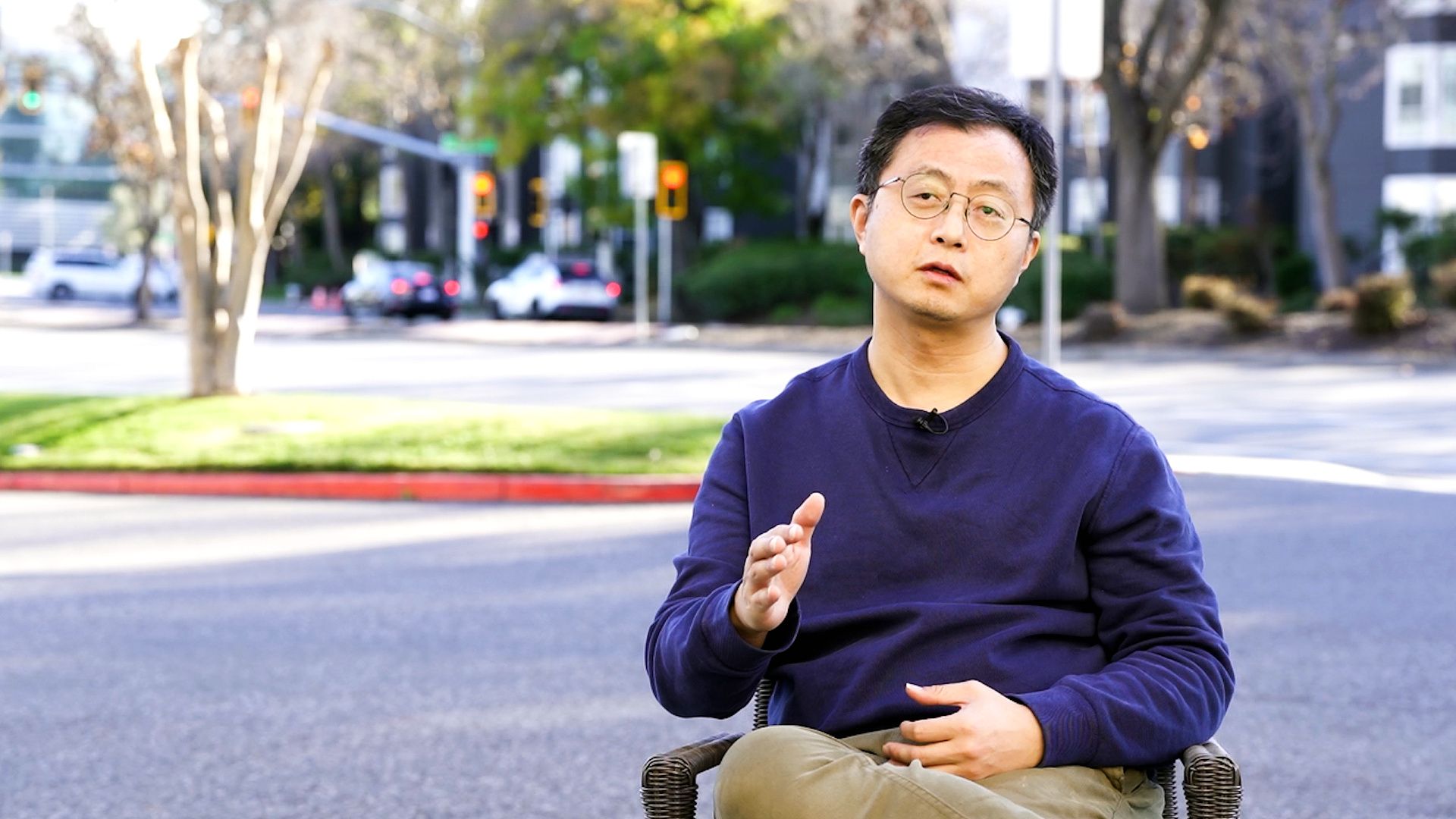
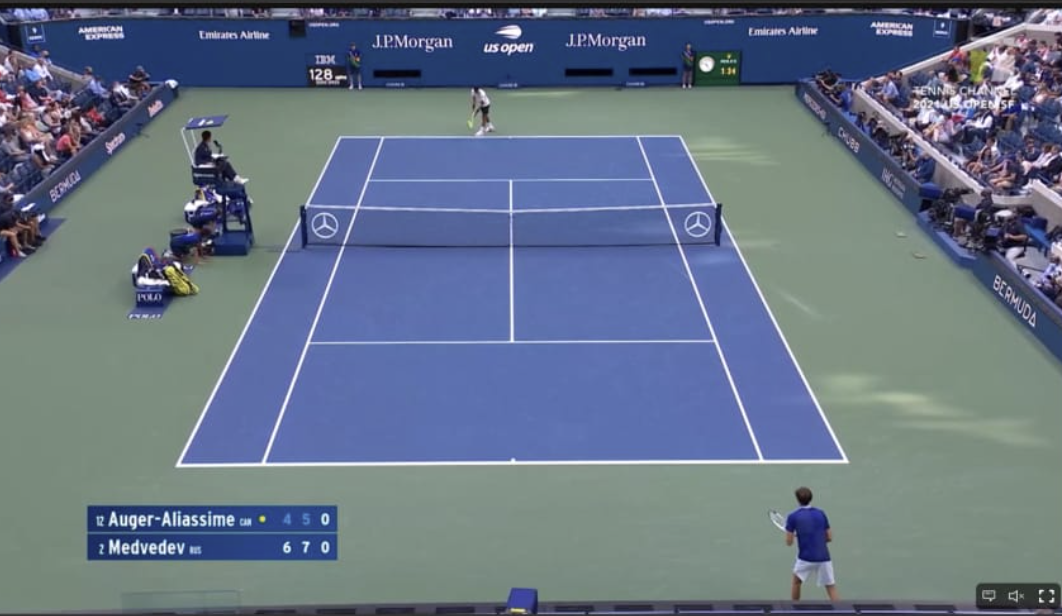


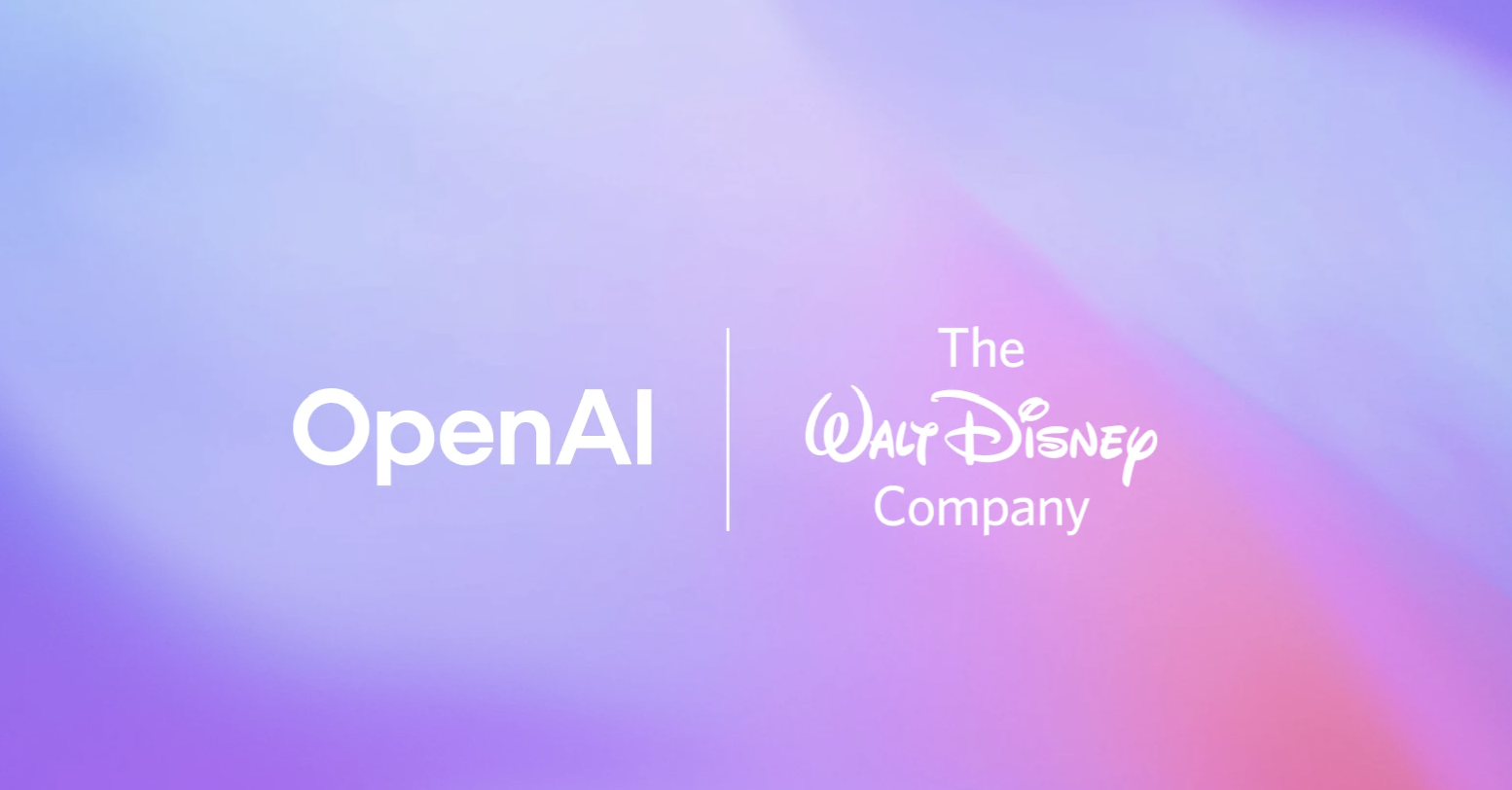
![[CES2026]엔터테크 전문 투어&트렌드 현장 리포트(무료)](https://cdn.media.bluedot.so/bluedot.kentertechhub/2025/12/5x46lj_202512261120.png)
![[보고서]디즈니의 IP 플라이휠, 1957년 메모에서 시작된 100년 전략](https://cdn.media.bluedot.so/bluedot.kentertechhub/2025/12/vtekpo_202512140501.png)
![[리포트]글로벌 스트리밍 대전환과 FAST 시장의 부상](https://cdn.media.bluedot.so/bluedot.kentertechhub/2025/12/7jw8up_202512120304.png)
![[보고서]K-콘텐츠, 몰입형 공간 새로운 경험](https://cdn.media.bluedot.so/bluedot.kentertechhub/2025/12/je15hi_202512061434.png)
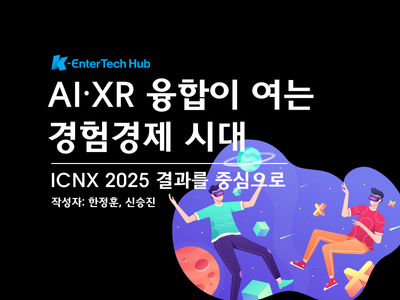


![[K콘텐츠와 K FAST]](https://cdn.media.bluedot.so/bluedot.kentertechhub/2025/11/zxwbgb_202511241038.jpg)
![[모집]1월 9일~14일 글로벌 AI 스템 캠프(자료집)](https://cdn.media.bluedot.so/bluedot.kentertechhub/2025/11/3kf0x5_202511031830.png)
![[MIPCOM2025]글로벌 엔터테인먼트 트렌드](https://cdn.media.bluedot.so/bluedot.kentertechhub/2025/10/duxlsp_202510170000.png)